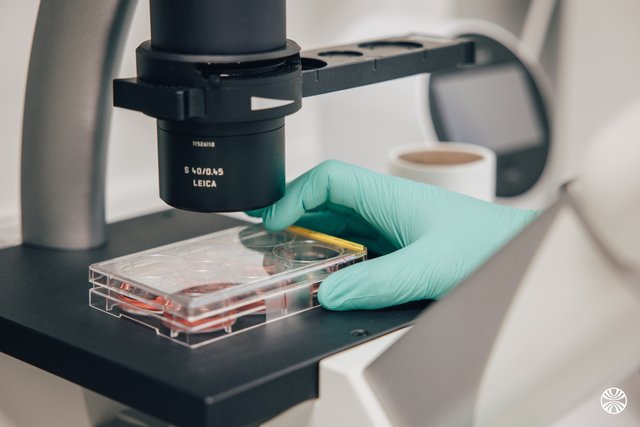Biostatistician : Surrogacy Evaluation in Real-World Settings (internship)
Le poste
Descriptif du poste
Context
In recent years, regulatory authorities have increasingly approved drugs and biologics on the basis of surrogate endpoints [1]. As defined by the US FDA, “a surrogate endpoint is a clinical trial endpoint used as a substitute for a direct measure of how a patient feels, functions, or survives. A surrogate endpoint does not measure the clinical benefit of primary interest in and of itself, but rather is expected to predict that clinical benefit” [2]. However, the identification, evaluation, and validation of surrogate endpoints remains challenging, though many statistical methods have become available, most of them framed within the causal-inference and meta-analytic paradigms [3-9].
While the concept of surrogacy has traditionally been approached from a clinical trial perspective, the increasing interest in real-world evidence, e.g. from a regulatory/HTA perspective, could make its use relevant in this situation. For instance, leveraging short-term surrogates in real-world data could guide policymakers evaluating new treatments. Also, it could be used to leverage data, such as Electronic Health Records or registry data, to better inform the design of shorter and cheaper clinical trials through surrogate marker validation. Han et al. have recently proposed novel inverse probability weighted and doubly robust estimators for surrogacy evaluation in the real-world setting, i.e. when treatment is not randomly assigned, illustrating the increasing focus on this specific topic [10].
Objectives
The master’s student is expected to:
Become competent in the surrogacy concept and evaluation (in clinical trials);
Conduct an up-to-date methodological literature review to identify examples of surrogacy evaluation in the real-world setting;
Upon literature review conclusions, identify potential pros and cons of each methods;
Apply identified methods of interest to real-world data;
Write a manuscript with the aim to be submitted in an international peer-reviewed journal.
References
Darrow JJ, Avorn J, Kesselheim AS. FDA approval and regulation of pharmaceuticals, 1983-2018. JAMA. 2020;323(2):164-176. doi:10.1001/jama.2019.20288
US Food and Drug Administration. Surrogate Endpoint Resources for Drug and Biologic Development, https://www.fda.gov/drugs/development-resources/surrogate-endpoint-resources-drug-and-biologic-development
Buyse M, Sargent DJ, Grothey A, et al. Biomarkers and surrogate end points—the challenge of statistical validation. Nat Rev Clin Oncol. 2010;7(6):309-317. doi:10.1038/nrclinonc.2010.43
Molenberghs G, Burzykowski T, Alonso A, Assam P, Tilahun A, Buyse M. The meta-analytic framework for the evaluation of surrogate endpoints in clinical trials. J Stat Plan Inference. 2008;138(2):432-449. doi:10.1016/j.jspi.2007.06.005
Burzykowski T, Buyse M, Molenberghs G, et al. et al. Meta-analytic approach to evaluation of surrogate endpoints. In Handbook of meta-analysis 457–478 (Chapman; Hall/CRC, 2020).
Taylor JMG, Wang Y, Thiébaut R. Counterfactual links to the proportion of treatment effect explained by a surrogate marker. Biometrics. 2005;61(4):1102-1111. doi:10.1111/j.1541-0420.2005.00380.x
Vanderweele TJ. Surrogate measures and consistent surrogates: Surrogate measures and consistent surrogates. Biometrics. 2013;69(3):561-569. doi:10.1111/biom.12071
Buyse M, Molenberghs G, Paoletti X, et al. Statistical evaluation of surrogate endpoints with examples from cancer clinical trials: Statistical evaluation of surrogate endpoints. Biom J. 2016;58(1):104-132. doi:10.1002/bimj.201400049
Alonso A, Van der Elst W, Molenberghs G, et al. An information-theoretic approach for the evaluation of surrogate endpoints based on causal inference: Evaluation of Surrogate Endpoints Based on Causal Inference. Biometrics. 2016;72(3):669-677. doi:10.1111/biom.12483
Han L, Wang X, Cai T. Identifying surrogate markers in real-world comparative effectiveness research. Stat Med. 2022;41(26):5290-5304. doi:10.1002/sim.9569
Profil recherché
Strong knowledge of biostatistics (Master program, engineering school in statistics or equivalent)
Excellent working knowledge in statistical programming (R and/or Python)
Interest in medical research
Fluency in written and oral scientific English
Déroulement des entretiens
One meeting with HR
Technical use case
Meeting with Quinten Healthcare Manager
Envie d’en savoir plus ?

Rencontrez Rami, Directeur projet Quinten Finance

Rencontrez Jihane, Managing Director Quinten Health
D’autres offres vous correspondent !
Ces entreprises recrutent aussi au poste de “Sciences de la vie et biotechnologie”.
Computational Biologist Intern
Orakl OncologyStageParis, Le Kremlin-BicêtreTélétravail occasionnelIntelligence artificielle / Machine Learning, Pharmaceutique / Biotechnologique21 collaborateursComputational Biology Intern (6 months)
Whitelab GenomicsStageParisTélétravail fréquentIntelligence artificielle / Machine Learning, Santé41 collaborateurs






